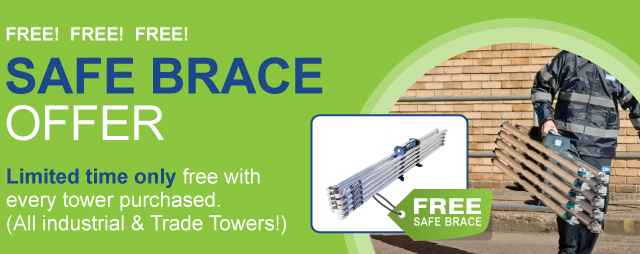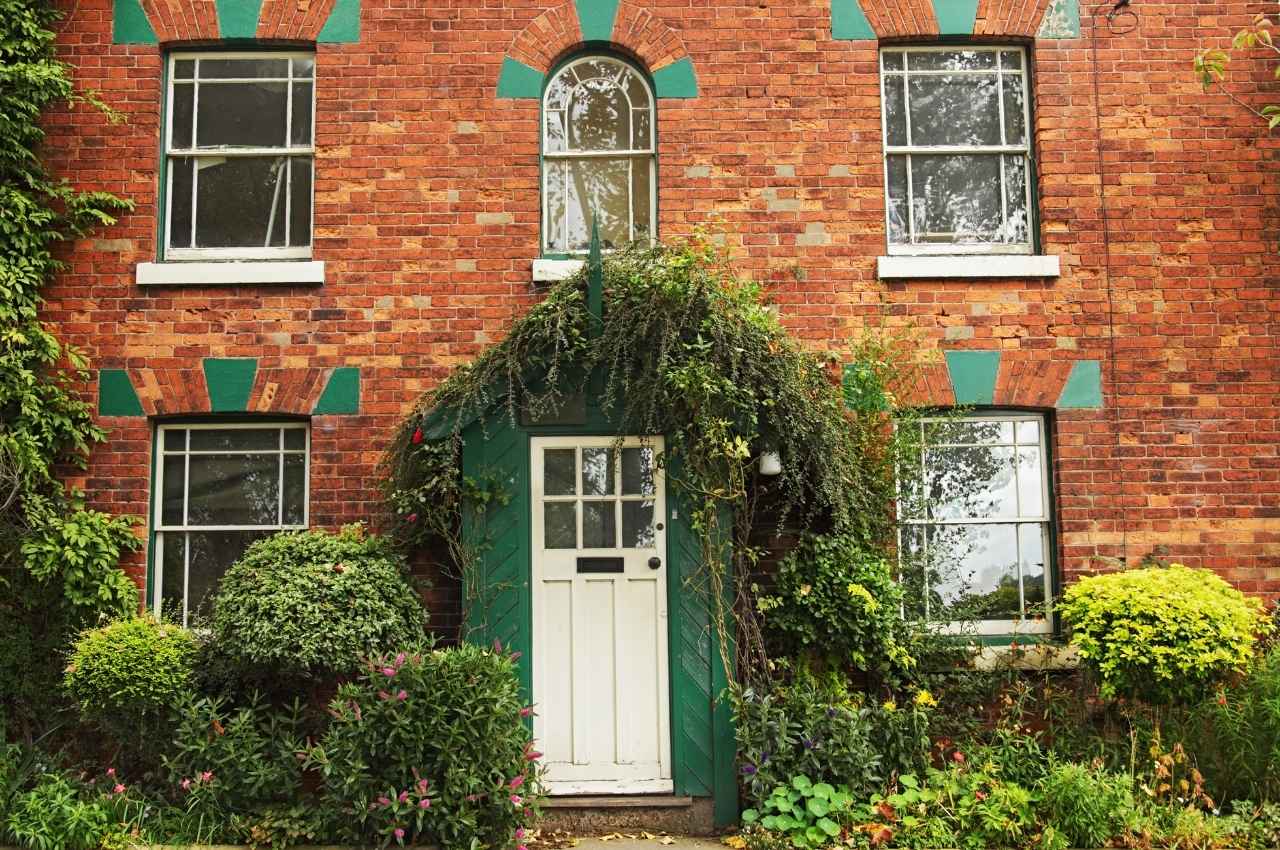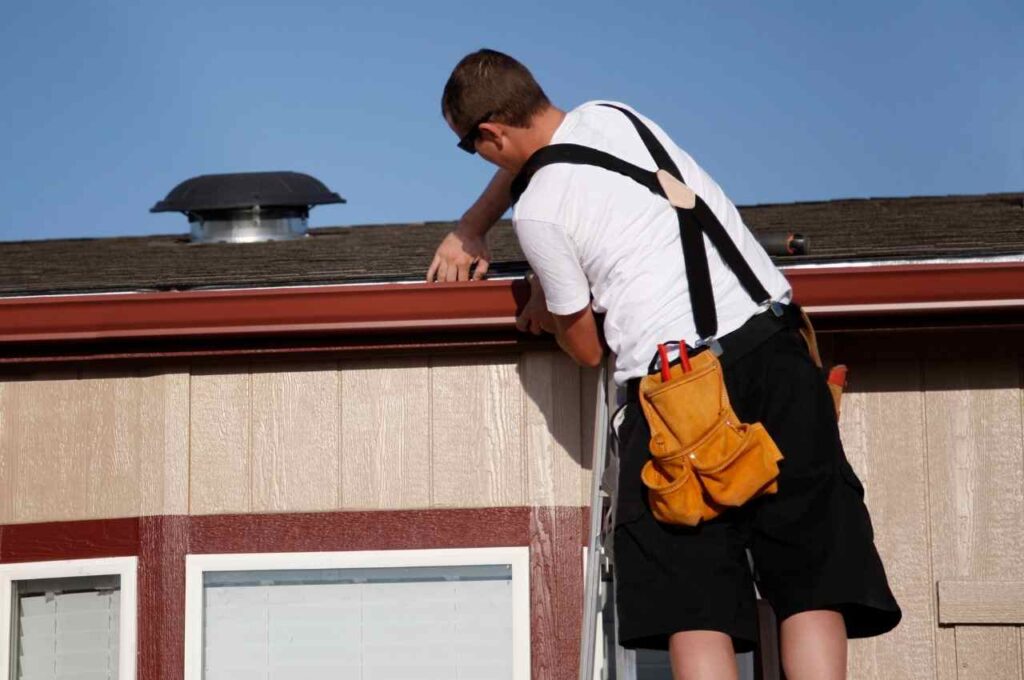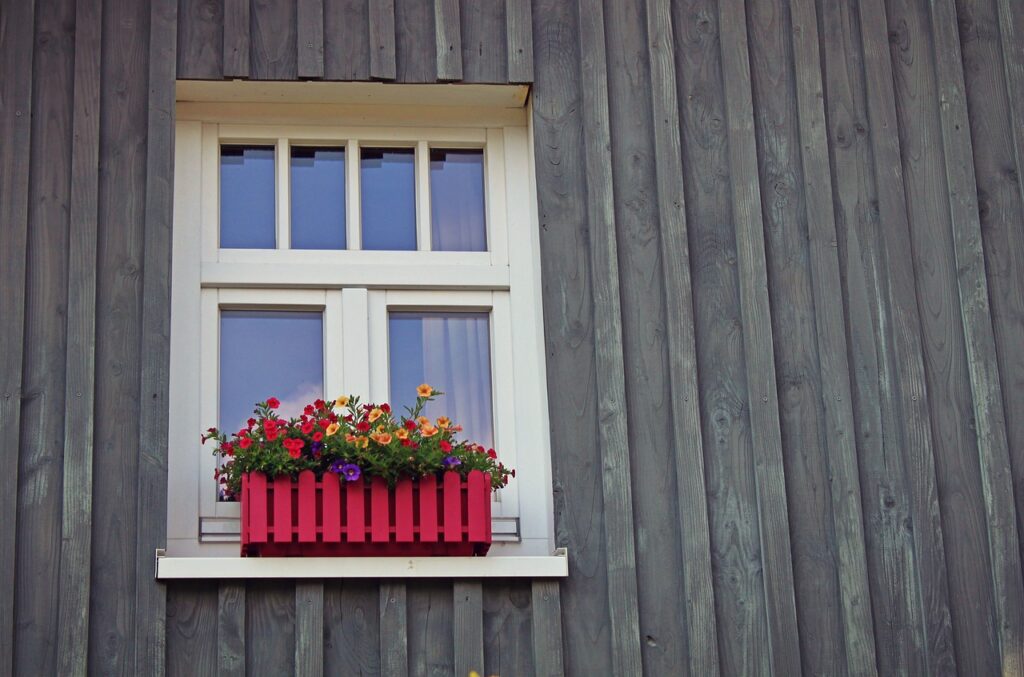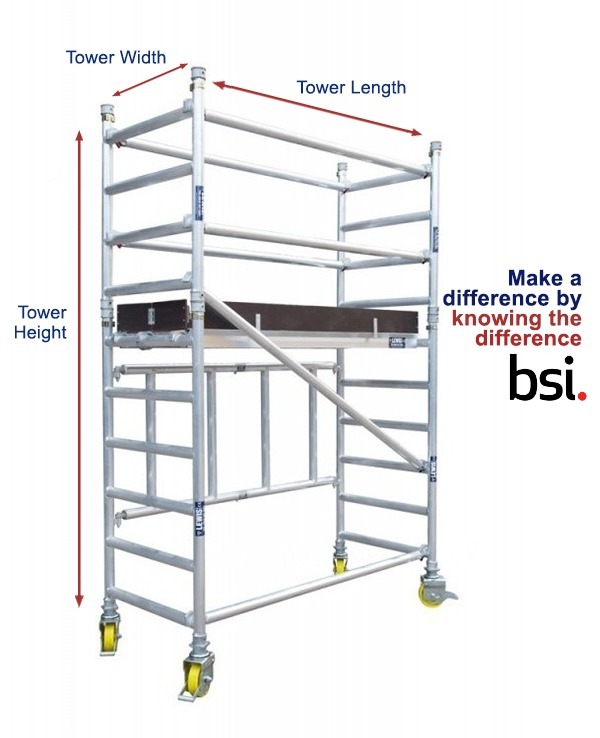While most tasks in the workplace or at home can be accomplished with a good old-fashioned ladder, there are times when something more substantial is required. If you are serious about DIY and have a lot of work to do, investing in a scaffold tower can not only save you time but also provide a flexible and safe platform from which to tackle large projects.
Complex DIY Jobs That Require A Scaffold Tower
Nothing is more difficult than having to climb up and down an escalator in order to complete a difficult task. The more difficult the task, the more tools you will most likely require.
It’s much better if you have a scaffolding tower because you can bring everything you need and get right to work. As an example:
1. Scaffold Towers For Fascias and Guttering
Scaffolding is required for tasks such as replacing tiles, working on gutters, and repairing broken objects. If we want to repaint our walls and repair the guttering, we’ll have to put in a lot of effort.
Surface preparation and sanding are required, as are holes to be repaired, fissure verification, and painting. A scaffold tower provides us with many more options and may allow us to complete the job in half the time. Always prioritize your safety.
Different Fascias and Guttering:
Gutters are classified into two types based on the fixing system that connects them to the roof:
-
Suspended gutters:
Please note: that the chap in the above photo is not using a scaffold tower. It is obvious from the way he is leaning that a ladder is not the best choice for this job.
The suspended gutter is suspended and secured with hooks at the end of the rafter or on the fascia board. Some models, however, are placed on the entablature or cornice. The half-round gutter, square gutter, and cornice or moulded gutter are the three main types of suspended gutters. These models are available in zinc, PVC, aluminium, and galvanized steel.
You might enjoy How and When To Repair or Replace Roof Fascia Board Which Is Damaged
-
Creeping gutters:
There are two models in the family of rampant gutters that are reputed to be more aesthetic and discreet because they are fixed on the rampant and attached to the rafters or roof lining: the Nantes creeping gutter and the Le Havre gutter in zinc or aluminium.
2. Window Repairs Require a Scaffold Tower
Second-floor windows can also be difficult to reach if you are working from a ladder, so a scaffolding tower is a much better option. You don’t want to get your hands dirty with rags and sealants, and you don’t want to have to lick paint cans. A tower protects the window mentioned below as well.
Different types of windows:
-
Double-Hung Windows:
One of the most common types of windows is double-hung windows. They are functional, as well as simple to clean and repair. They are ideal for outdoor spaces near walkways or patios where a window would obstruct the path. Because they can open from the top or bottom, they can be very effective at ventilating a room.
Discover why Double-Hung Sash Windows are a great choice and also learn How To Repair Double-Hung Sash Windows
-
Casement Windows :
Perfect for those lovely spring and summer days when you need to get some fresh air. Simply opening them lets in a fresh breeze and plenty of light. They provide more ventilation than a double-hung window! Casement windows have an excellent seal in the colder months, allowing you to keep your home’s energy-efficient.
-
Awning Windows :
Awning windows are a great option if you want a lot of light and air inside your home. They have a higher hinge that keeps water out even when the door is open. They are ideal if you want a clear view of your surroundings. These windows can also be very effective at insulating.
-
Bow or Bay Windows :
A glass door or bow window is a great option if you want to add a little light while still letting in a lot of light from different angles. They are ideal for a family room or kitchen where you want to add interest to an ordinary wall or display a breathtaking view.
3. Ceiling Decoration Requires a Scaffold Tower
Ceilings can be exhausting to work on, and a small scaffolding tower can help you cover a large area without having to move the ladder every few minutes. And if you take on a job like plastering a ceiling, you’ll realize you’re running out of time.
Different types of ceilings:
-
Conventional Ceiling:
In most homes, a type of conventional ceiling construction is used. These ceilings have a standard drywall finish and are constructed of less expensive materials.
-
Suspended Ceiling:
Also known as a dropped ceiling, it is suspended from a metal grid beneath the existing ceiling.
-
Coffered Ceiling:
Coffered ceilings, which are common in upscale homes, churches, libraries, and hotels, reflect a classic, if not luxurious, aesthetic. They are a more expensive option than standard options and must be installed by specialists who are familiar with this type.
-
Tray Ceiling:
They are multi-level ceilings that begin at one height and gradually lower as more levels are added. The ceiling design is reminiscent of a tray, as the name implies.
-
Coved Ceiling:
They are commonly found in official rooms, theatres, and churches. The Vatican, for example, is home to one of the world’s most famous coved ceilings.
-
Cathedral Ceiling:
Frequently found in large living rooms, dining rooms, bedrooms, and even master bathrooms.
Shed Ceiling: Also known as single-slope ceilings are commonly found on the top story of a house, either in the attic or loft.
-
Beam Ceiling:
Typically found in commercial hallways and corridors, and residential living and dining rooms.
Scaffolding for high work
High-up jobs can be difficult and frightening if you are not used to working in such a small space unless you are an expert on the ladder. Setting up a scaffold tower not only provides more stability but also provides a larger working area. This is important for jobs at height because it eliminates the need to constantly go up and down to retrieve tools, allowing you to focus entirely on the task at hand.
The advantages of modern scaffolding towers
The good news for do-it-yourselfers is that there is a market for high-quality scaffolding towers that meets the majority of requirements. They are generally of high quality and easy to assemble and disassemble. Scaffolding towers are less likely to damage exterior walls or fixtures such as windows because they are self-supporting, and they do not require a solid structure to support them. They are also ideal if you are working on uneven ground because the base of the scaffold can be adjusted to provide a solid platform to work on.
Most modern scaffolds are also lightweight and portable, making them ideal for relocating to another location. A scaffold provides a solid platform to work from when drilling or doing something that requires more effort than simply applying a coat of paint. If you are an avid do-it-yourselfer or a construction professional, investing in a good scaffold is definitely worthwhile.

